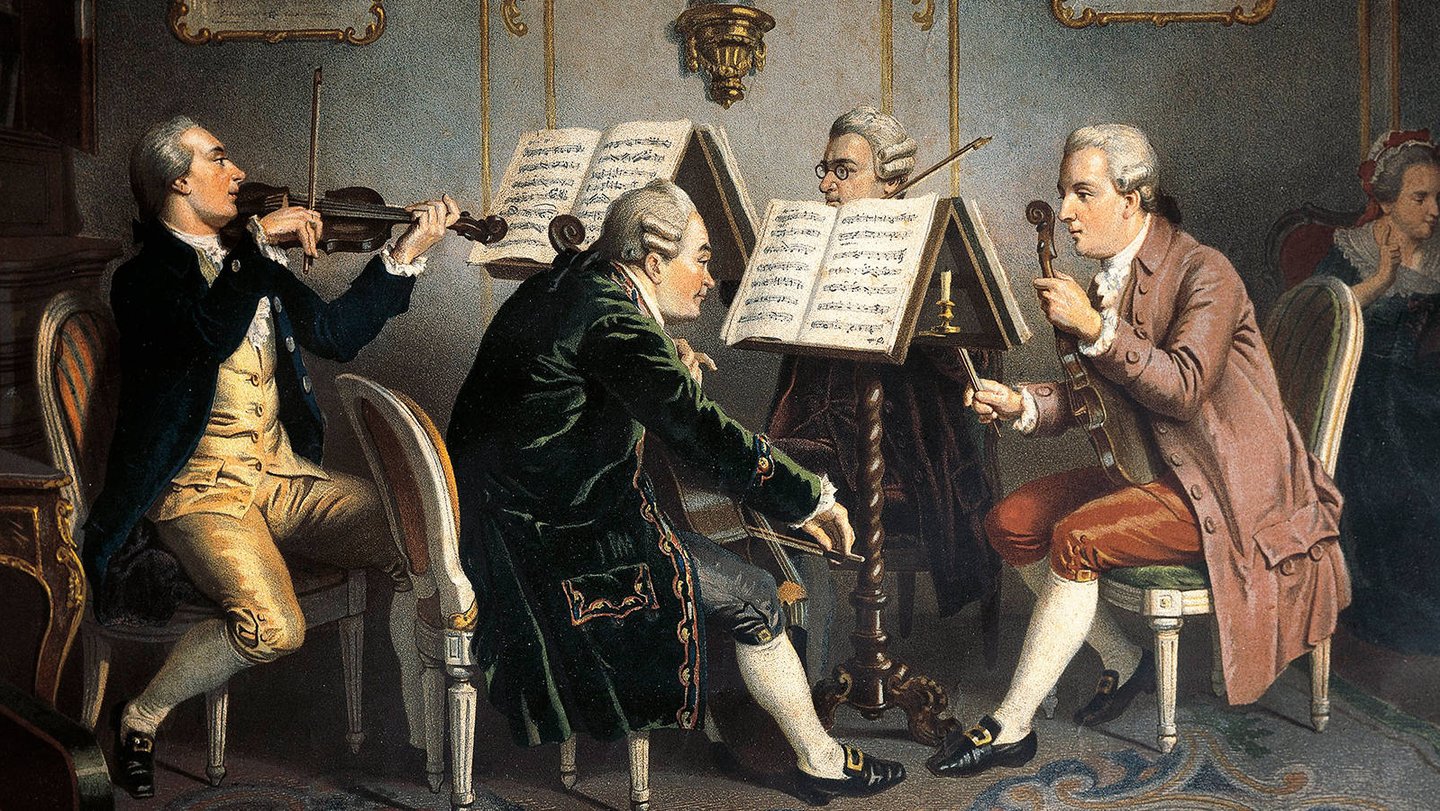Part 1 - Introduction to Classical Era (1750 - 1820)
The Classical Era (c. 1750–1820) marked a golden age in Western music - a time when grace, clarity, and balance reigned supreme. Rooted in the ideals of the Enlightenment, music in this period reflected a deep belief in reason, order, and beauty - not only in life but in art.
Gone were the ornate flourishes and dramatic intensity of the Baroque. In their place rose a new aesthetic: elegant simplicity, carefully constructed forms, and melodies that spoke with poise and purpose. This was music designed to delight the senses and stimulate the mind, shaped by symmetry, proportion, and restraint.
But the Classical Era wasn’t just a stylistic shift - it was a cultural revolution.
The decline of aristocratic patronage,
The rise of the middle class, and
The birth of public concerts
reshaped the role of musicians and audiences alike.
Composers were no longer just servants of the court or church. They became public figures, entrepreneurs, and visionaries. And in this environment, new forms flourished: the symphony, the string quartet, the sonata, and some of the most beloved operas in music history.
Picture candlelit Viennese salons where nobles listened to the newest quartets… bustling public halls where symphonies stirred the crowd… opera houses filled with laughter, tears, and applause. The Classical Era was the moment when music stepped out of the palace and into the world - evolving from exclusive performance to a shared cultural experience.
In this series, you’ll explore
Sacred Music of the Classical Era - by examining how church music adapted to Classical aesthetics, explore sacred forms like the Mass and Requiem, and study six prominent sacred music composers.
Secular Vocal Music of the Classical Era - by learning about the rise of opera buffa, singspiel, and art songs, alongside the influence of Enlightenment ideals on storytelling.
Instrumental Music Forms & Popular Instruments of the Time - by exploring key instrumental forms such as the symphony, sonata, and string quartet, and learn about the instruments that shaped the era, like the fortepiano and clarinet.
The Role of Instrumental Music in Society - by understanding how instrumental music functioned in courts, homes, salons, and public concerts, and how it became part of middle-class life and education.
Musical Innovations and Inventions That Supported Classical Music - by studying technological advances like the fortepiano, the rise of music publishing, the development of concert spaces, and how Enlightenment thinking influenced musical form and aesthetics.

